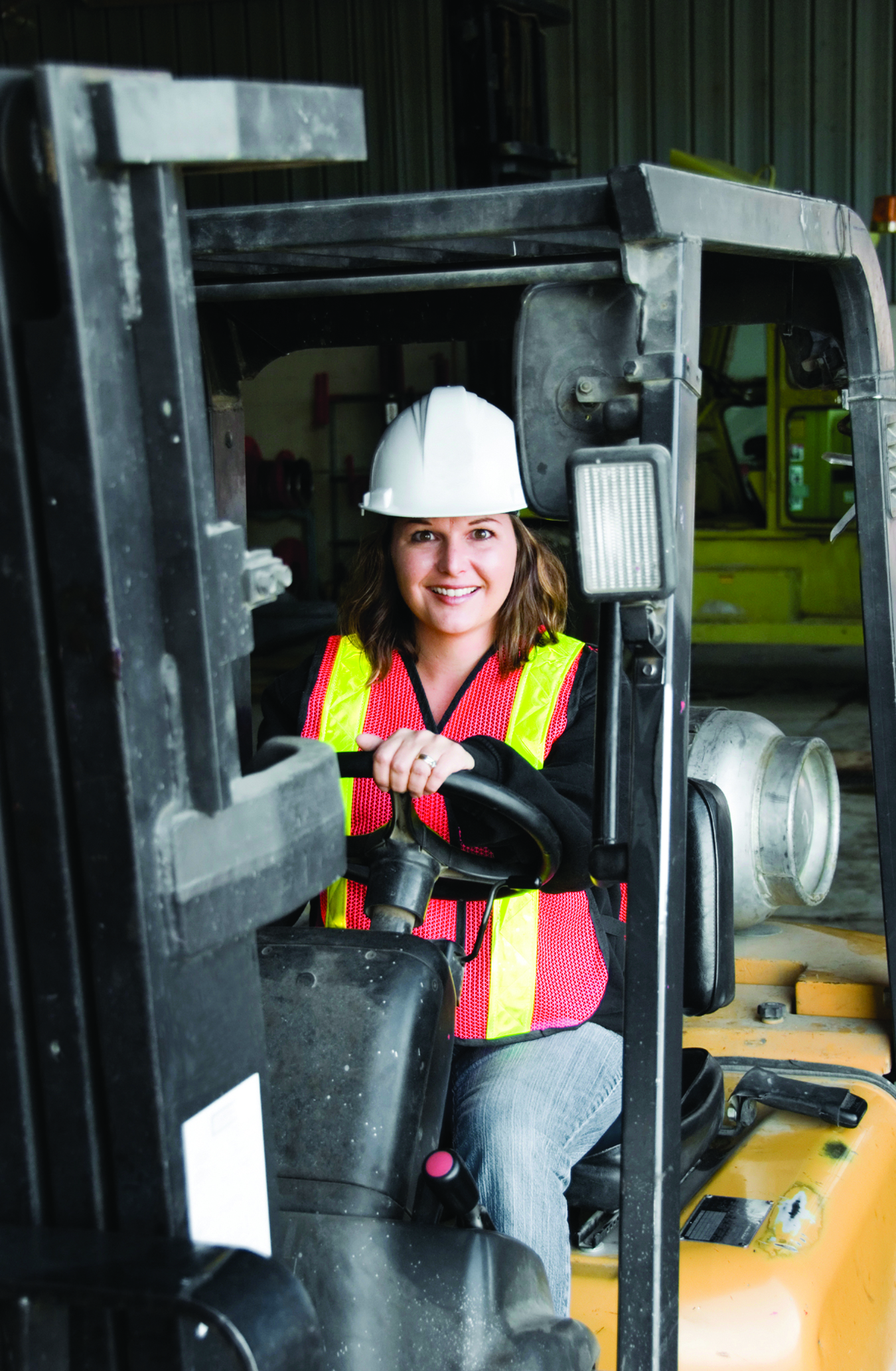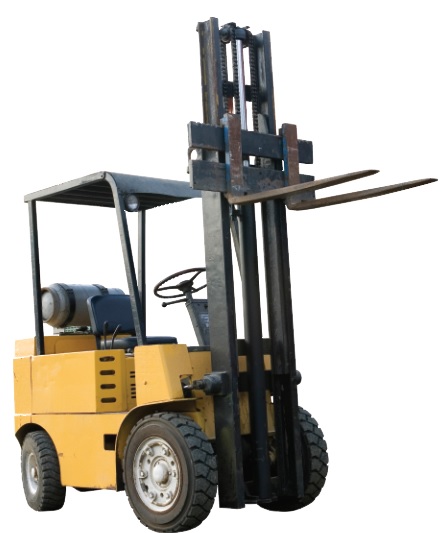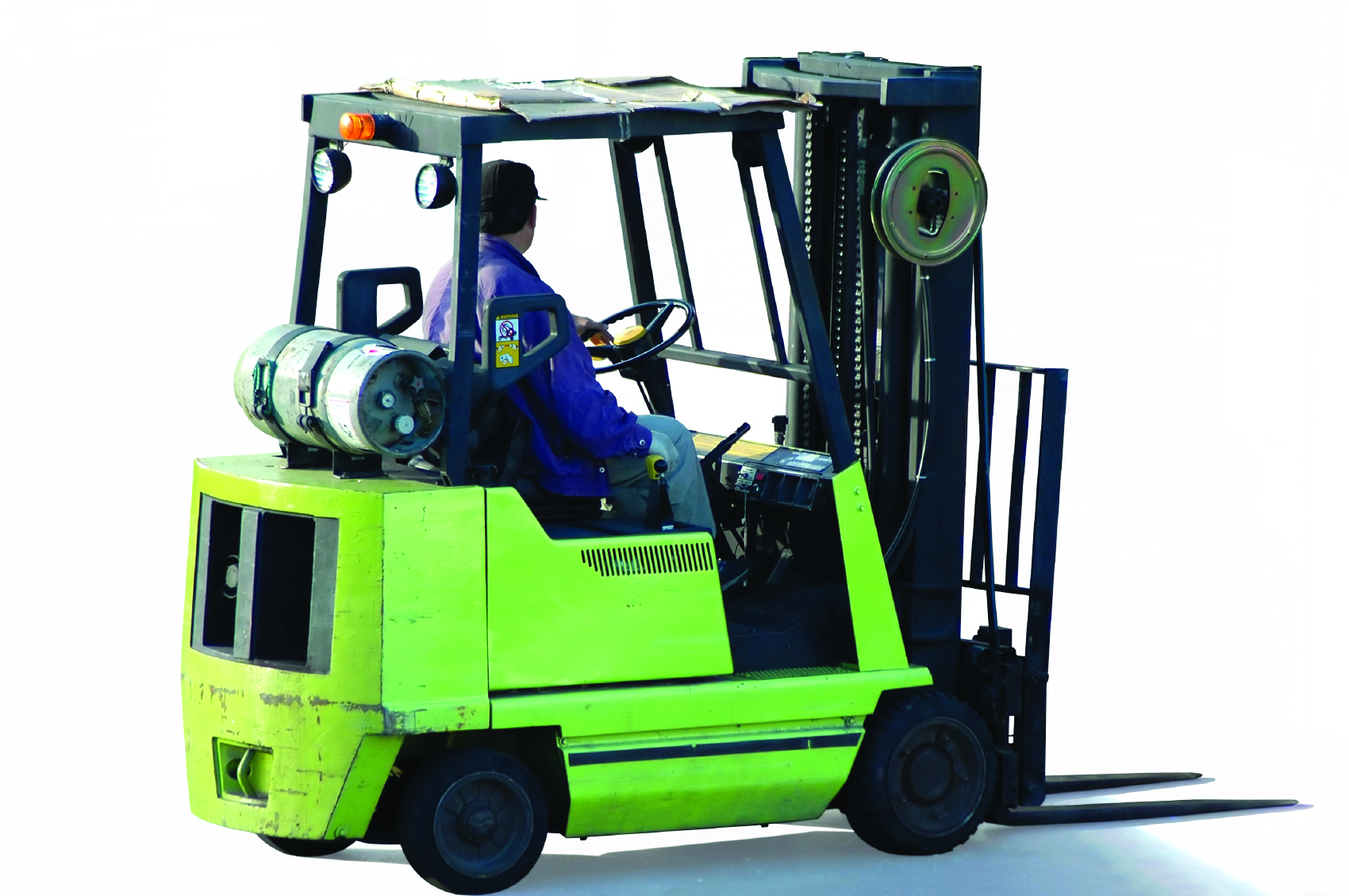

Propane-powered forklifts are common in many industrial operations and warehouses. There’s a widespread belief that propane is a clean burning fuel and that propane-powered equipment is safe. Although propane-powered forklifts offer many advantages over gasoline or diesel-powered equipment, they can produce dangerous toxins if not properly maintained and controlled.
Propane engines, like every internal combustion engine, emit combustible products from the exhaust. Some toxic products, such as carbon monoxide (CO) and nitrogen oxides, can be generated in quantities high enough to pose a health hazard to workers. This is especially dangerous indoors and in confined spaces, where there is little or no ventilation.

In theory, complete combustion of propane will produce carbon dioxide (CO2) and water vapour. However, this is not always the case, particularly with carbon monoxide and oxides of nitrogen.
Carbon monoxide is colourless, odourless and tasteless, yet very toxic. Depending on the equipment and the operating environment, CO levels can rapidly rise and reach dangerous levels. A CO rich environment can lead to headaches, lethargy, dizziness, loss of consciousness, and even death. The range of CO in the tailpipe of a propane-powered engine can be 2,000- 20,000 parts per million (ppm). CO is slightly lighter than air and therefore tends to follow air currents, vehicles and people in the workplace until it is removed by ventilation.

Nitrogen oxides are formed inside the engine by the combination of nitrogen and oxygen. Propane-powered engine exhaust can contain varying amounts (250-2,000 ppm) of these corrosive gases. Depending on the individual, the concentration of contaminants and the duration of exposure, immediate effects may include eye, nose and throat irritation. Effects may also be felt several hours after the exposure and can cause a build-up of fluids in the lungs.
There are occupational exposure limits for airborne CO, nitric oxide (NO) and nitrogen dioxide (NO2) in the work environment. Except for the limit for nitrogen dioxide, which is set at 3 ppm 8 hours TWA and 5 ppm 15 minutes STEL, New Brunswick legislation adopts the 2016 Threshold Limit Values set out by the American Conference of Governmental Industrial Hygienists (ACGIH). These are:
|
Occupational exposure limits |
CO |
NO |
NO2 |
|
8-hour exposure limit |
25 ppm |
25 ppm |
3 ppm |
|
Short-term (15 min) exposure limit |
|
|
5 ppm |
8-hour exposure limits – The average airborne concentrations to which it is believed workers may be repeatedly exposed without adverse effect during an eight- hour shift and 40-hour workweek, day after day.
Short-term exposure limits – Limits to which workers may be exposed up to four 15-minute periods in an eight-hour workday, with at least a one-hour interval between each period. Where there is no short-term limit set, a good way to determine a safe short-term exposure limit is to multiply the eight-hour exposure limit by three. For example, the limit for short-term exposure to CO would be 25 ppm x 3, or 75 ppm.
Ensure the work area is assessed to determine potential for exposures of employees to harmful levels of exhaust components.

When propane powered forklifts must be operated indoors, sufficient ventilation is required. Local Exhaust Ventilation (LEV) and, if LEV is impractical, general (dilution) ventilation shall be used by the employer to remove exhaust from the propane powered engine.
Periodic air monitoring is important to ensure propane-powered forklifts are operated and maintained properly, and to minimize hazards to a worker’s health and safety.